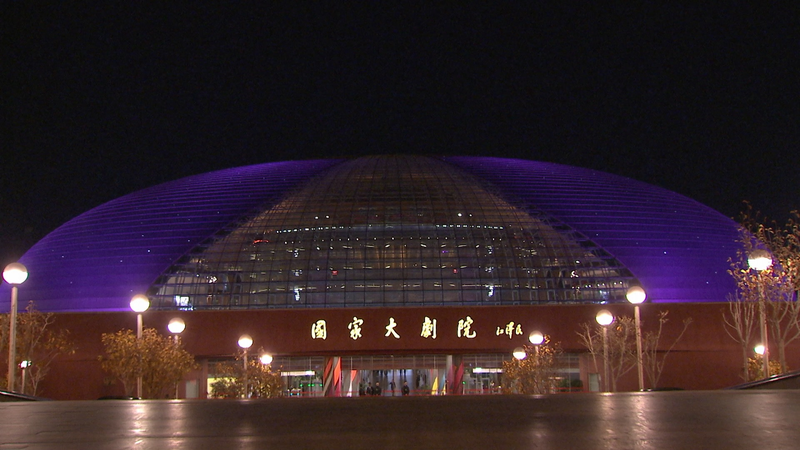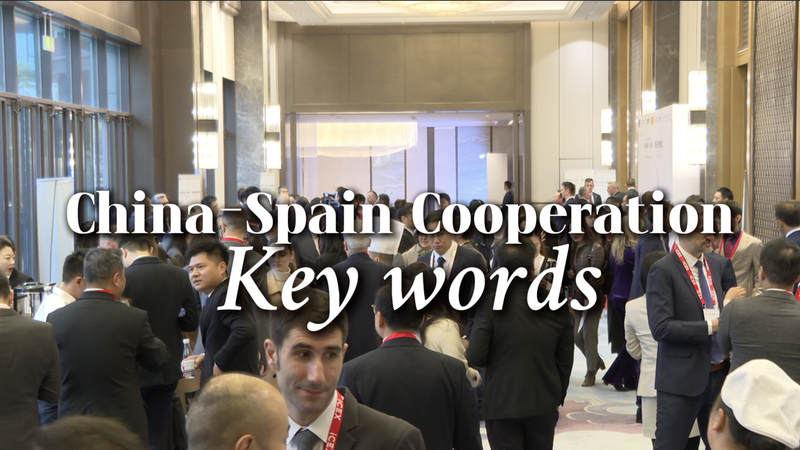Hangzhou's skyline often brings to mind tech unicorns and e-sports arenas, but beneath its neon glow lies echoes of ancient civilizations.
Recently, CGTN's Yang Xinmeng joined guests from around the world in east Zhejiang Province of the Chinese mainland, exploring how Hangzhou links past and future – from the ancient ruins of Liangzhu to a cityscape built for innovation and imagination.
At the Liangzhu site, participants wandered among weathered walls and sunken canals, pondering a simple yet profound question: What does 'modernization' look like when seen through different cultural lenses?
- Archaeological insights: Teams shared stories behind pottery fragments and jade relics that reveal social structures of early settlers.
- Digital revival: Augmented reality tours let visitors retrace ancient waterways and ritual sites with a swipe of their phone.
- Future cityscape: Just 30 minutes away, Hangzhou's innovation district pulses with AI labs, green architecture, and startup incubators.
The contrast between crumbling city walls and gleaming skyscrapers sparked conversations on sustainability, identity, and how traditions can inform future design. As one guest noted, 'This isn't just about uncovering relics; it's about unearthing ideas that can shape our digital societies.'
Hangzhou's blend of heritage and high-tech is more than a local experiment – it's a blueprint for global cities wrestling with their own pasts and ambitions. From immersive tourism experiences to cross-disciplinary research, the dialogue sparked at Liangzhu might soon influence breakthroughs in urban planning and renewable energy.
For digital nomads and travelers, the journey offered a powerful reminder: dive deep into local roots, then help write the next chapter. Hangzhou is opening its museums, labs, and bike paths to the world – inviting us all to join a journey through time and imagination.
Reference(s):
cgtn.com




